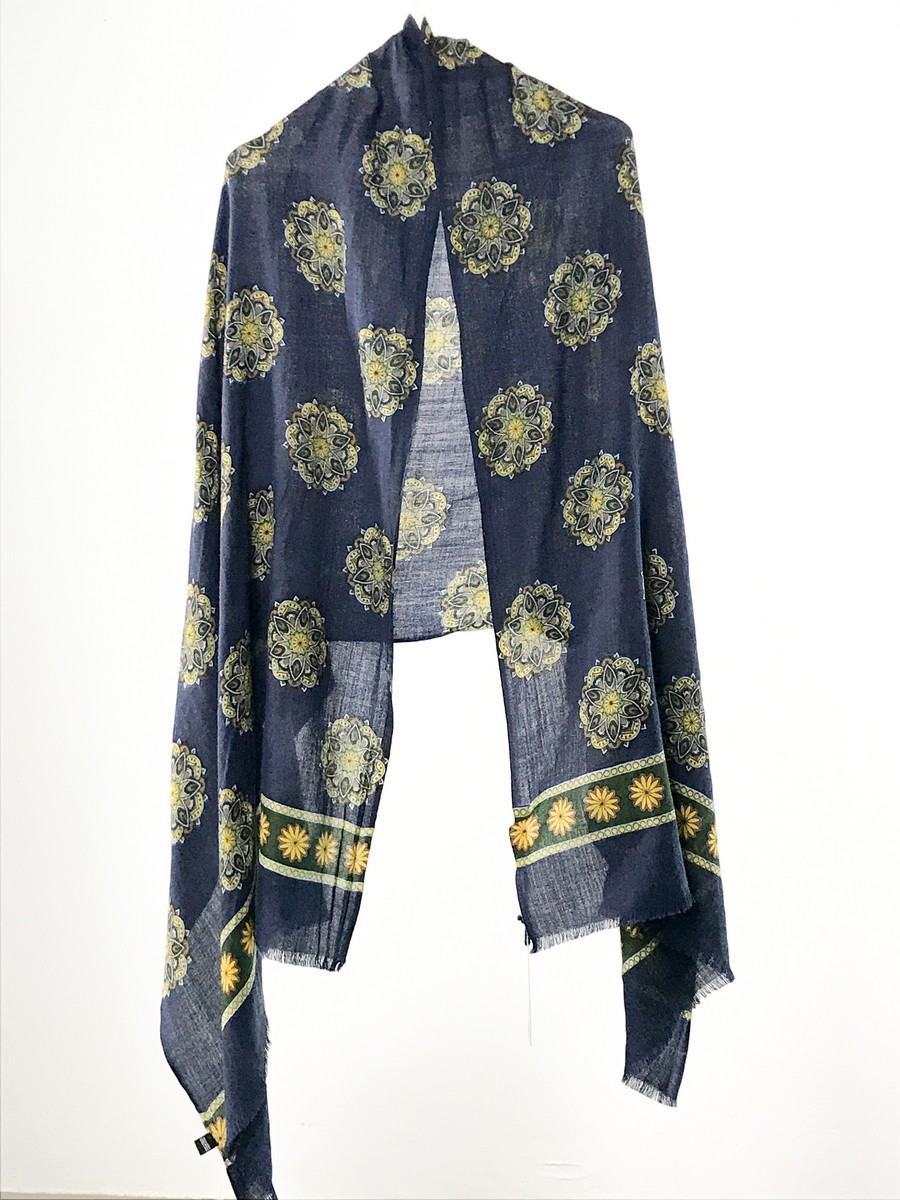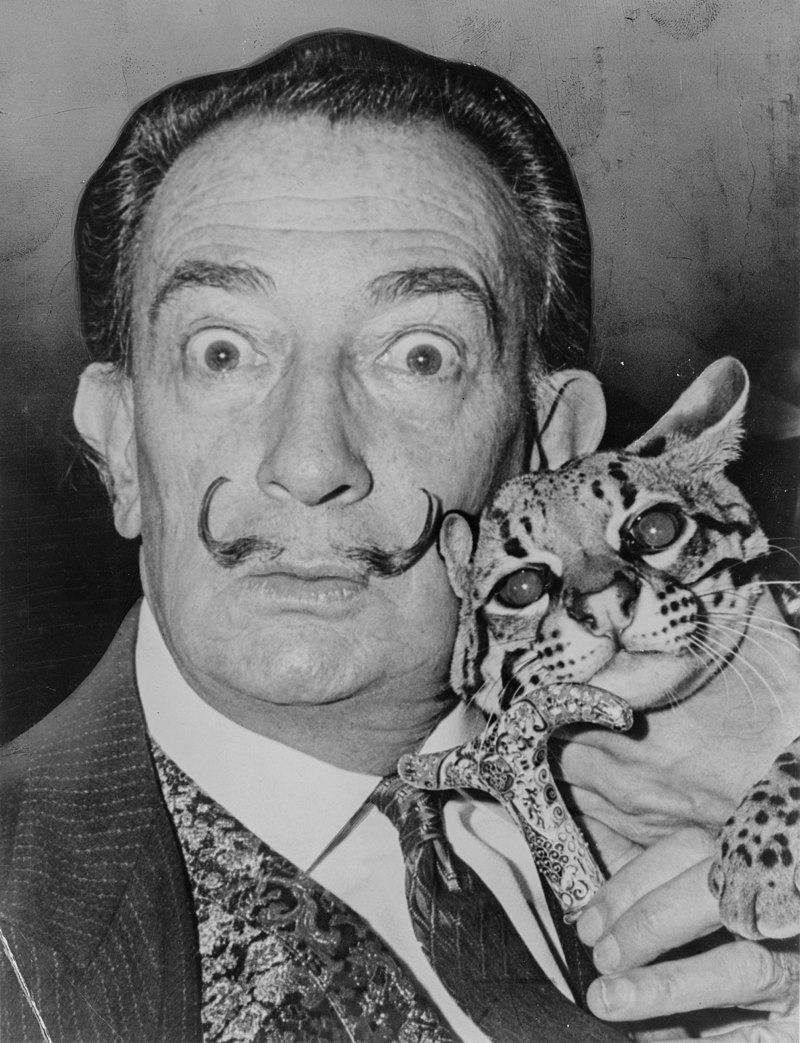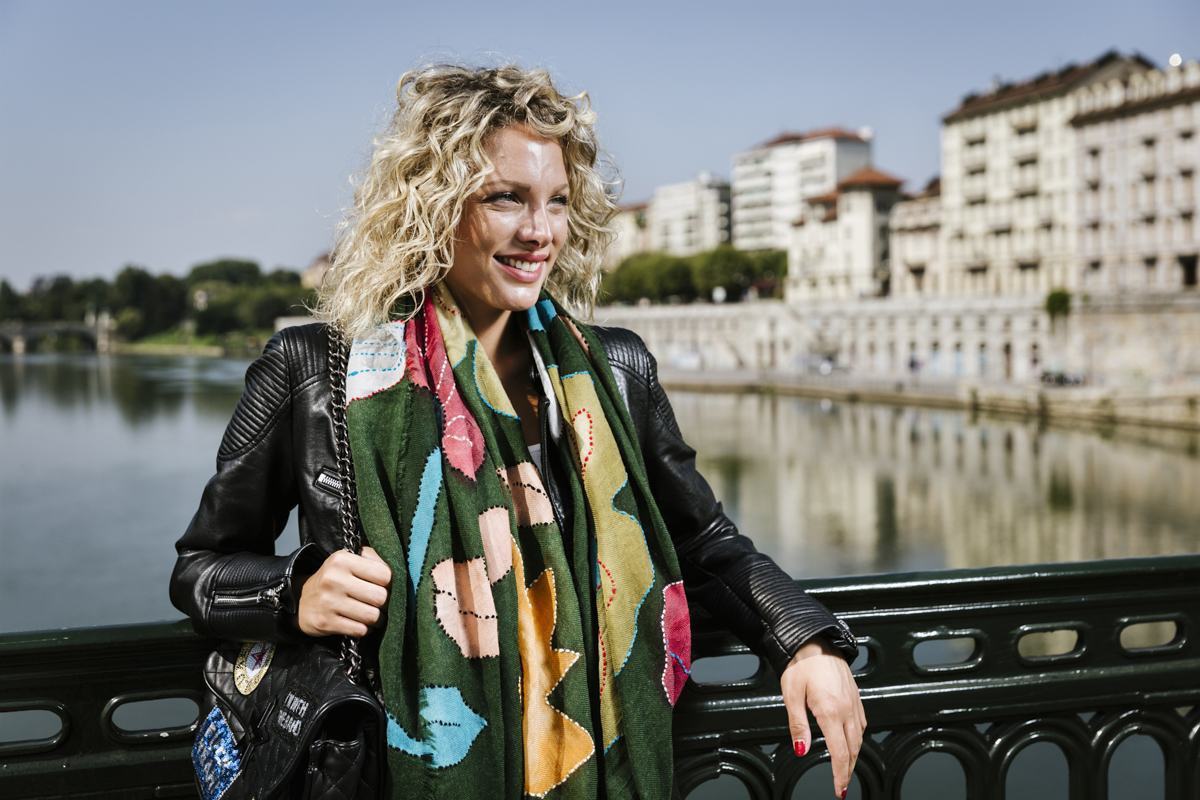No products in the cart.
News
The history of the scarf: the origins and curiosities of a multipurpose accessory
The history of the scarf: an accessory with very distant historical origins, used in many different ways and for different purposes
The history of the scarf is undoubtedly the story of a very interesting path that has spanned several millennia. The term foulard derives from the Provencal foulat, which in turn derives from the verb of foular, which means “to fill”. This last word is a technical term, which indicates a specific manufacturing process, which has the purpose of making the fabric more compact and resistant. According to other interpretations, the term foulard means instead “silk handkerchief”. The origins of this accessory have their roots in antiquity. To find the first evidence of the use of the scarf, in fact, you have to go back, until 1000 BC. C. The findings relating to Eastern civilizations give way to observe the representation of this veil already on numerous sculptures found in China. To find references related to the scarf in western history, however, it is necessary to go back to the second century AD. C. In the Old Continent, in fact, soldiers used to use this accessory for various purposes. First of all, the veil could be used for protective use for one’s throat during the war conflicts. In other cases, the military used it to diversify and report the rank and membership of a group.The scarf in modern times: the use of peasants and rice-cutters and its appearance in churches
Text: Over the centuries, the scarf began to gain more and more popularity and success. Thus the tendency of the street workers and peasant women to cover their heads with veils to protect themselves from the sun during their working hours in the fields began. The scarf even became a symbol, capable of defining the social status of those who wore it. Not only that: the veil was used by men and women as an ornament during the performance of religious services. It was not only used to keep hair covered, but also to cover the necklines and to give greater elegance to the clothes worn on Sundays. During the nineteenth century, the scarf experienced a small evolution and was transformed into a neckerchief. Satirical and pedagogical decorations and representations were applied on it. In short, the veil became more personalized.
The scarf in the twentieth century: the great diffusion and the influence of show business stars and modern history
Text: The history of the scarf, however, was not characterized only by success. At the turn of the nineteenth and early decades of the twentieth century, in fact, it fell into disuse. A period of crisis that lasted relatively little. At the end of the 1930s, in fact, the French Emile Maurice Hermès and his son-in-law and partner Robert Dumas brought him back into vogue. The eponymous and famous transalpine fashion and pret-a-porter company gave new impetus to the scarf, going to insert it as an accessory in the wardrobe of Parisian ladies. The boom of Hermès 90 × 90 cm was literally a boom, making the accessory a complement of luxury clothing. The success achieved by Hermès pushed other important companies such as Chanel, Dior, Yves Saint Laurent, and Givenchy in France and Gucci, Ferragamo and Roberta di Camerino in Italy to design and launch the most varied models of scarves on the market. Elegant creations, superfine and always different style, which gave women of the time a wide choice for designs, decorations and colors. In the fifties and sixties, the scarf experienced another phase of strong diffusion. Movie stars and the most important personalities of the time, lovers of this refined object in pure silk, contributed to the expansion of the success of the accessory. In this sense, world-famous women like Audrey Hepburn, Grace Kelly, Catherine Deneuve and the first lady Jacqueline Kennedy Onassis have been real testimonials of the scarf. It was not limited to the use of the scarf as a headdress, but it was also shown off as an ornament of the neck. All fashions launched by VIPs and imitated by the ladies of the time. Often a nice pair of eyes was also combined with the veil. The scarf did not affect, however, only women. The accessory tickled the imagination of many artists of the time, who faithfully reproduced this elegant handkerchief in some of their works, also making it rise to a work of art. This is the case of Henri Matisse and Salvador Dalì.


